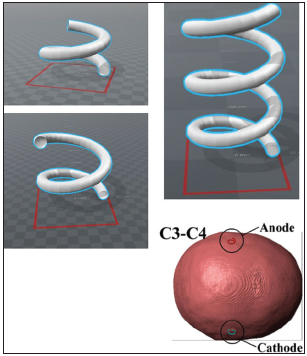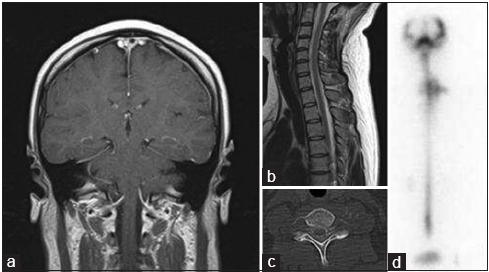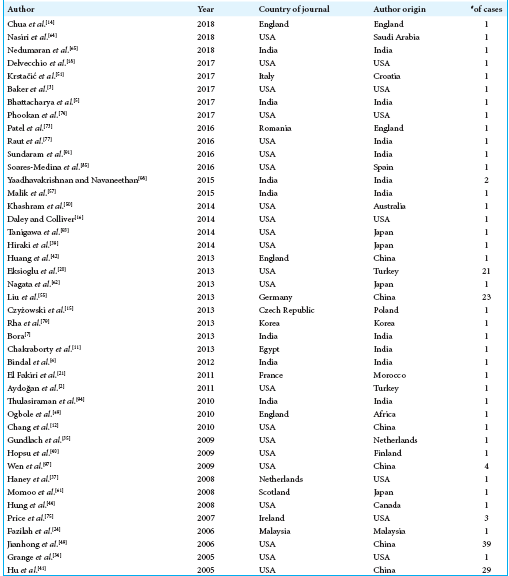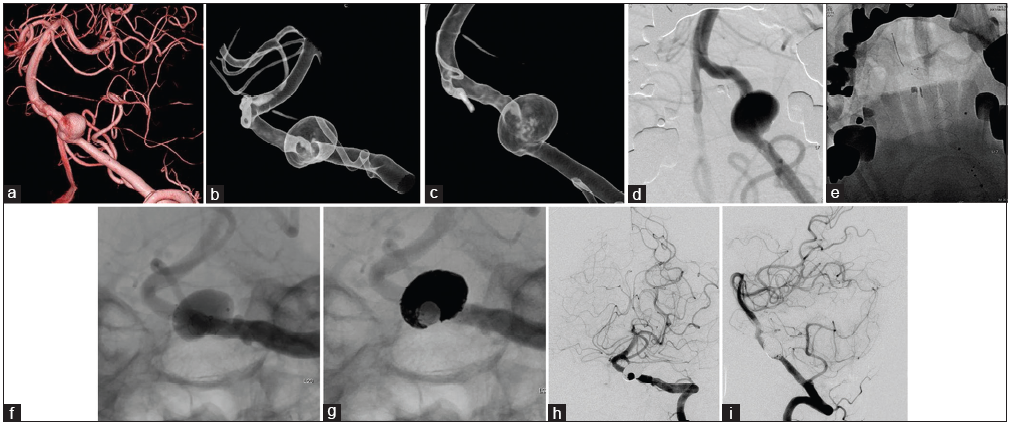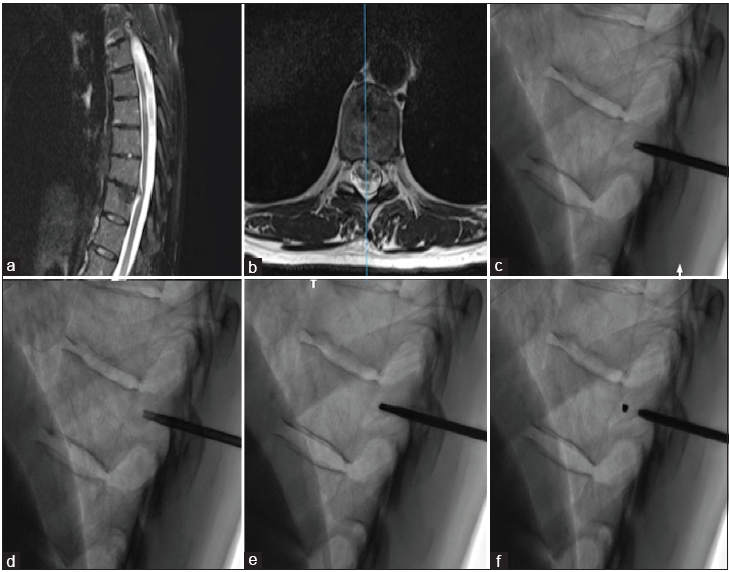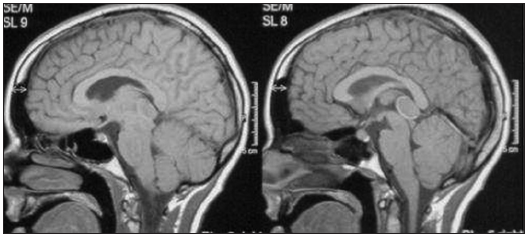The brain: An illustrated history of neuroscience
Date of publication: 19-Jun-2019
Effects of electrodes length and insulation for transcranial electric stimulation
Date of publication: 19-Jun-2019
Background: The aim of this study is to investigate the effects of length and insulation of the corkscrew electrodes for transcranial motor evoked potential (tMEP) monitoring.
Intraoperative use of cone-beam computed tomography for the safe epidural blood patch: Technical case report
Date of publication: 19-Jun-2019
Background: Epidural blood patch (EBP) is a common method utilized to treat intracranial hypotension, and secondarily, to treat unintentional dural puncture. The authors propose an effective technique for correct epidural needle positioning during EBP using cone-beam computed tomography (CB-CT) images.
The use of high-dose cervical spinal cord stimulation in the treatment of chronic upper extremity and neck pain
Date of publication: 19-Jun-2019
Background: Dorsal column spinal cord stimulation is used for the treatment of chronic neuropathic pain of the axial spine and extremities. Recently, high-dose (HD) thoracic dorsal column stimulation for paresthesias has been successful. This study evaluates the utility of HD stimulation in the cervical spine for managing upper neck and upper extremity pain and paresthesias.
Unnecessary Cervical Epidural Injection in An Octogenarian
Date of publication: 19-Jun-2019
Background: Epidural spine injections (ESI) have no documented long-term efficacy. Furthermore, cervical ESI uniquely risk intramedullary injections with resultant neurological deficits (e.g. monoplegia to quadriplegia), and intravascular vertebral injections (e.g. which potentially contribute to stroke, brain stem infarction).
Chronic hypertrophic malunion of C2 Fracture causing cervical quadriparesis; Case report and focused literature review
Date of publication: 19-Jun-2019
Background: Pseudarthrosis of Type II C2 odontoid fractures typically leads to displacement and subluxation resulting in canal compression/cervical myelopathy.
Internal jugular phlebectasia: A systematic review
Date of publication: 19-Jun-2019
Background: Internal jugular phlebectasia (IJP), the abnormal dilatation of internal jugular vein, is generally considered a benign anomaly. However, because IJP is uncommon, little is known about its natural history, and currently, no consensus on the best treatment modality is available.
Stent-assisted coil embolization of unruptured vertebral artery dissecting aneurysms with the low-profile visualized intraluminal support stent, with five techniques: Technical note and case report
Date of publication: 19-Jun-2019
Background: Intracranial vertebral artery dissecting aneurysm (VADA) is rare and shows high morbidity and mortality rates when the aneurysm ruptures. Endovascular treatment for VADA is one of the optimal treatments, but the dominant side VA and its branches or perforators need to be preserved. We report a novel and successful stent-assisted coil embolization technique using the low-profile visualized intraluminal support (LVIS) stent, with five technical notes in three consecutive cases of unruptured vertebral artery dissecting aneurysm (VADA).
Bone cylinder plug and coil technique for accurate pedicle localization in thoracic spine surgery: A technical note
Date of publication: 19-Jun-2019
Background: Intraoperative identification of the correct level during thoracic spine surgery is essential to avoid wrong-level procedures. Despite technological progress, intraoperative imaging modalities for identifying the correct thoracic spine level remain unreliable and often lead to wrong-level surgery. To counter potential wrong-level operations, here, we have proposed a novel pedicle/bone cylinder marking technique for use in the thoracic spine utilizing biplanar fluoroscopy and confirmed with computed tomography (CT).
The microsurgical management of benign pineal cysts: Helsinki experience in 60 cases
Date of publication: 19-Jun-2019
Background: Microsurgical resection represents a well-accepted management option for symptomatic benign pineal cysts. Symptoms such as a headache, hydrocephalus, and visual deficiency are typically associated with pineal cysts. However, more recent studies reported over the past years have characterized additional symptoms as a part of the clinical manifestation of this disease and represent additional indications for intervention.


